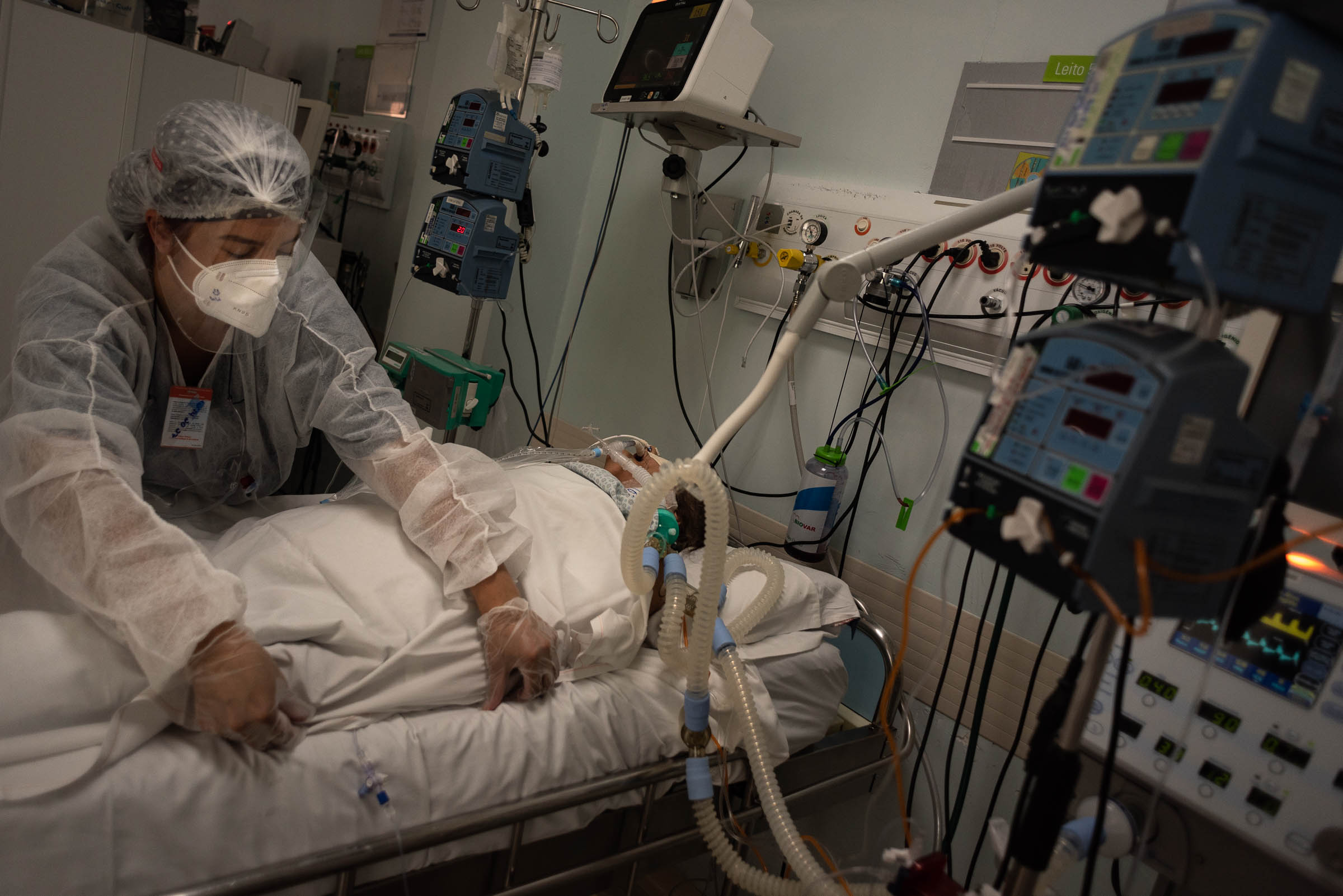10.0 Chapter Overview
Weaning: Ventilation Settings to Progress towards Extubation
The weaning process from mechanical ventilation involves gradually reducing ventilatory support, allowing patients to take on a more significant portion of their respiratory effort.
In the world of mechanical ventilation, a normal ABG is considered wean-able! A normal ABG, as well as an appropriate level of consciousness and progress toward resolution of underlying disease, are good criteria for clinicians to consider decreasing sedation and ventilator settings to facilitate spontaneous breathing.
We treat a normal ABG the same as an over-vented ABG (removing too much CO2) as long as the patient is vitally stable enough to decrease the support, allowing them to start doing more work on their own. If you notice your patient is triggering breaths above the set rate and vitally stable, this is also the time that you could consider changing from a control mode to a spontaneous mode—ABGs would still be used to assess the effectiveness of this change, and then PSV settings would be decreased down to minimal settings to work towards extubation.
In this chapter, we will discuss strategies commonly used in the weaning process and how they are applied at the bedside, including ventilation modes and protocol driven strategies.
Learning Objectives
At the end of this chapter, you will be able to:
- Describe the process of decreasing the pressure support (PS) in PSV until “minimal settings” are reached.
- Explain why SIMV should not be used as routine practice, in order to advocate effectively for your patient.
- Identify when alternative weaning strategies like Automatic Tube Compensation (ATC) and Tracheostomy Mask Trials (TMT) should be implemented.
Key Terms
- Weaning
- T-piece
- Trach mask trial
- Spontaneous Breathing Trial
- Artificial Intelligence


